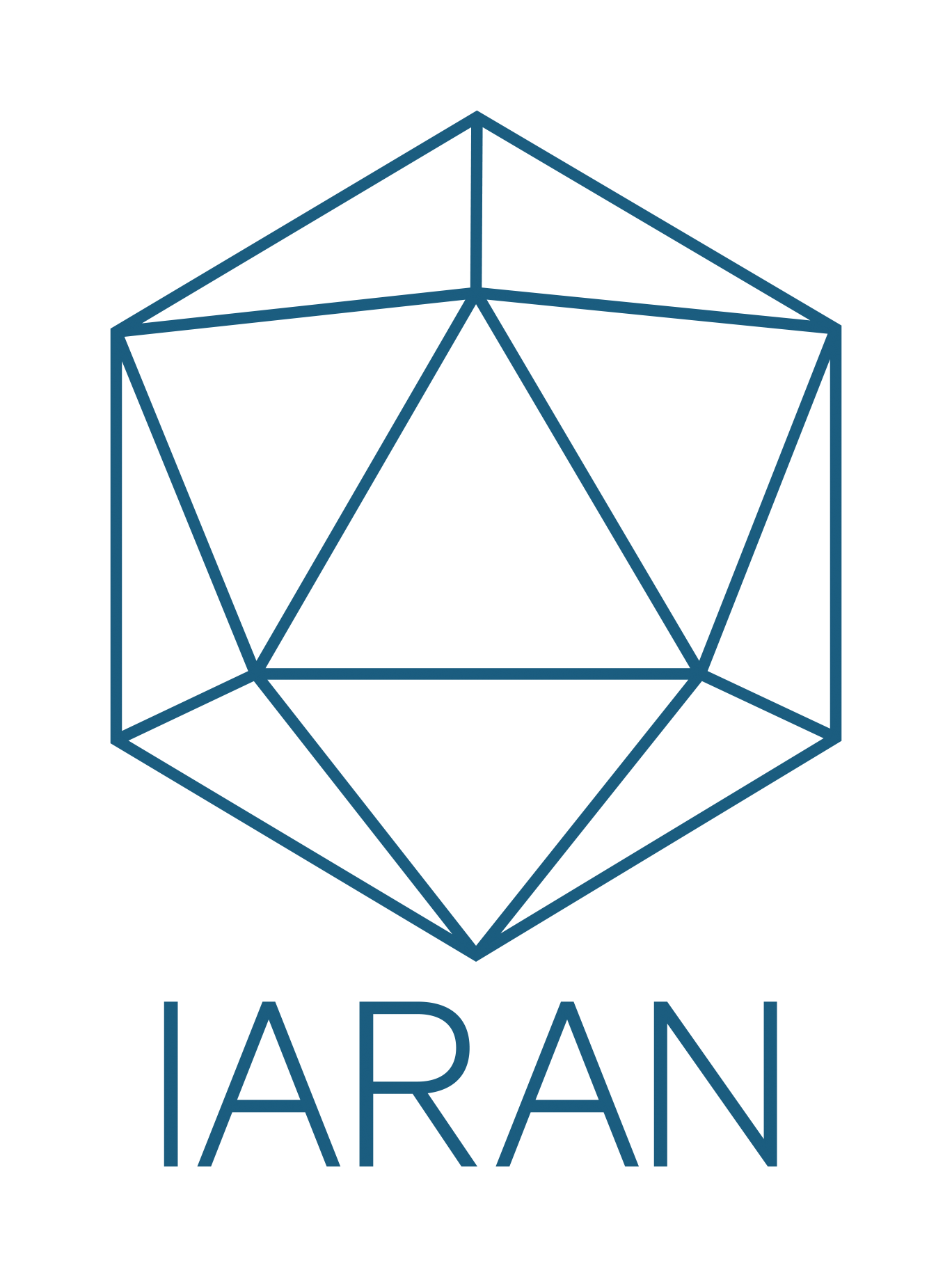SEATTLE — Today’s global humanitarian ecosystem faces new crises and demands as population growth, climate change and other pressures create a growing need for aid around the world. A new report titled, “The Future of AID – INGOs in 2030,” calls upon international non-governmental organizations to modernize their aid strategies to combat these challenges. At the study’s core is a belief that if INGOs want to remain relevant in the future humanitarian world, they will need to change their modes of operation to address future crises.
The Inter-Agency Research and Analysis Network (IARAN), led by the French Institute for International and Strategic Affairs and Action Against Hunger, produced the study which was released this summer.
“It is certain that for the crises that impact us over the next 15 years, there will be humanitarian responders,” said Jean-Michel Grand of Action Against Hunger. “But without concerted efforts to evolve, INGOs will be sidelined by more efficient, adaptable actors – from the private sector, religious groups, local civil society and armed forces.”
The Growing Need for Change
According to the report, many of today’s global risks will amplify over time and cause a greater need for humanitarian aid. Over 65 million people were displaced from their homes in 2015 alone, and that number is constantly climbing. This problem has created a global refugee crisis of epic proportions, one that can only be productively addressed by updated humanitarian solutions. The world population is also growing, which necessitates a more widespread allocation of global resources.
The degradation of the natural environment is also a growing threat worldwide. As climate change worsens, more and more people will feel the effects of aggressive natural disasters. Climate change also makes it more difficult for people to obtain the natural resources they need to survive, with those who live in environmentally-vulnerable locations suffering the most.
Additionally, people will continue to require aid as political conflicts persist around the world. These conflicts are enduring longer than in years past and are often complex, affecting more civilians than ever before. In Sub-Saharan Africa and the Middle East in particular, political turmoil is resulting in massive involuntary migration.
A Game Plan
To foster adaptation to these challenges, “The Future of Aid” details a strategic approach for forward-thinking INGOs. It acknowledges that there is not a “one-size-fits-all model” to address the challenges of the future, and instead offers five different INGO models on a “diverse spectrum.” Some models, like the INGO Global Fund, focus on gathering finances and resources for a cause, while others, such as Fire-Fighting INGO, specialize more in emergency responses to risks. All approaches examine humanitarianism through a modern lens, and all regard intra-organization alliances as important components of aid.
The report also identifies certain trends that will shape the future of aid. A pervasive theme throughout the report is the decreasing role of Western actors in the modern humanitarian model. The report notes that the West’s stronghold on humanitarian aid will wane as leaders in developing countries take control of aid initiatives and diminish the Western humanitarianism presence in their regions. Modern initiatives will become more local overtime, and involve members of both public and private domestic sectors.
The report also forecasts that the need for funding will escalate in impoverished areas, though aid will not successfully meet these growing demands. This funding will mostly be provided by “new donors,” primarily from North Africa and the Middle East.
The report ends with some sound advice for INGOs: think about your place among other humanitarian actors, assess where you can enhance your global impact and take a critical approach to the organization’s interests in the humanitarian system.
Going Forward
Since its release, the report has generated buzz among humanitarian leaders.
“The next 15 years will likely see humanitarian needs grow further and INGOs and other aid actors will play a vital role in alleviating human suffering, promoting peace and development, and driving human progress globally,” said Mike Penrose, Executive Director of UNICEF U.K. “This report warns of what is to come, whilst providing practical solutions to those organisations that are ready to rise to the challenge.”
Pascal Boniface of the French Institute for International and Strategic Affairs said, “In a time of rapid and far-reaching global change, the need for a global vision and a long-term approach has never been more evident.” Both leaders praised the IARAN report for its thoughtful input and foresight.
“The Future of Aid” does not make any guarantees about the future. Nothing is set in stone, and the world stage is set to change at any time. However, INGOs and other organizations can benefit from taking heed of its predictions and advice. Through these forward-thinking strategies, aid organizations will be able to better anticipate the future and prepare accordingly.

